On the 4th of September, the University of Botswana Wildlife and Environmental Conservation Society (UBWECS), popularly known as Managa, teamed up with Mokolodi Nature Reserve to host a lively snake exhibition at the UB Student Centre. The event ran from 09:00 to 14:00, drawing students across faculties to interact with some of Botswana’s most misunderstood species, from puff adders and boomslangs to the Mozambican spitting cobra and African pythons.
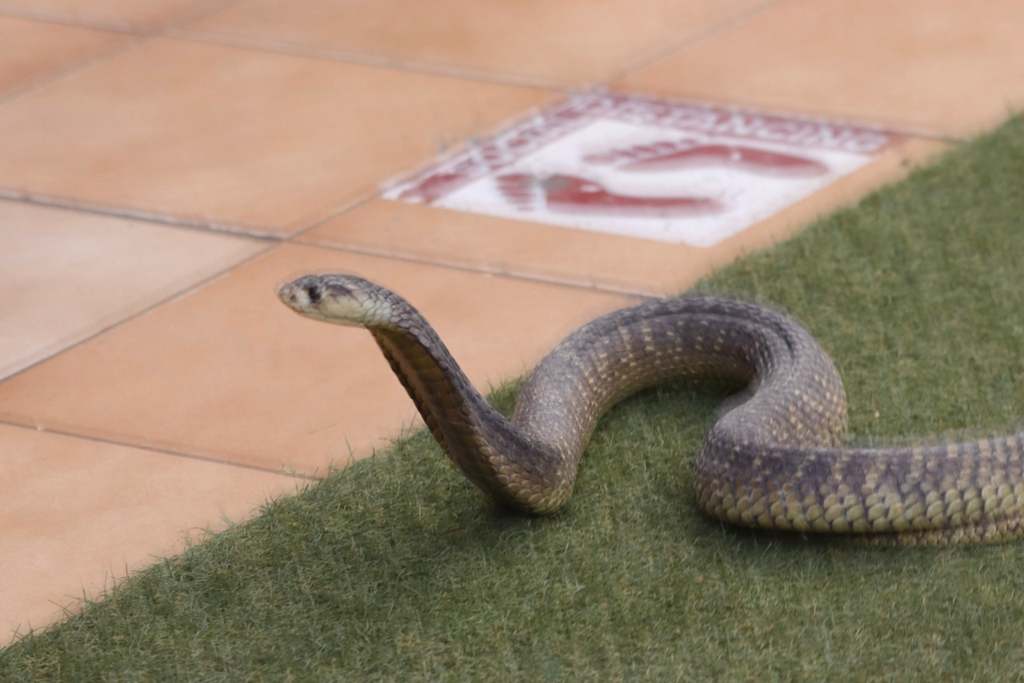
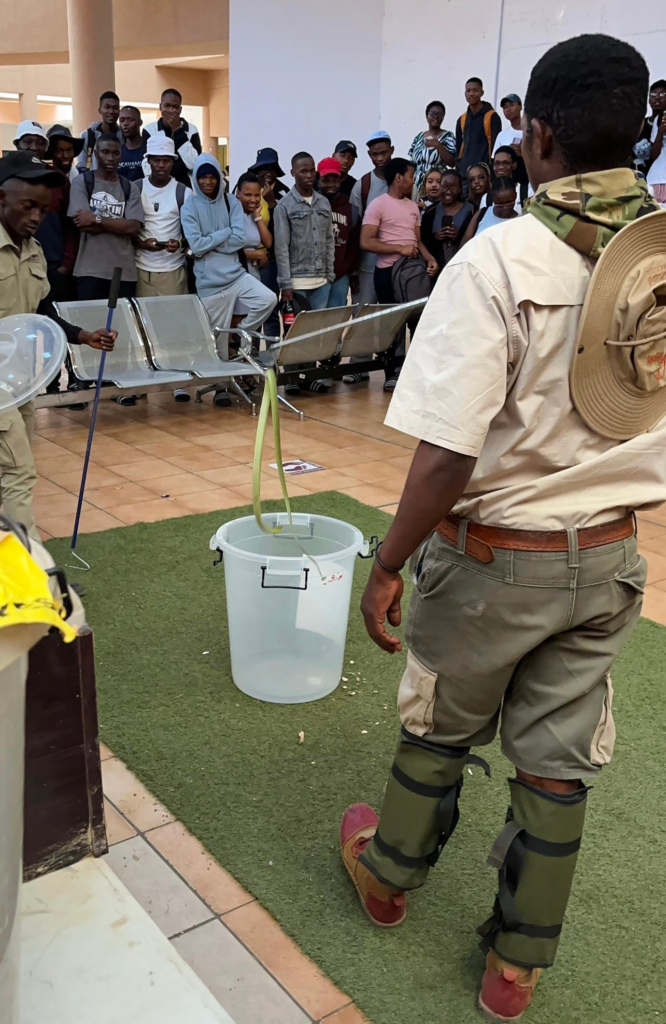
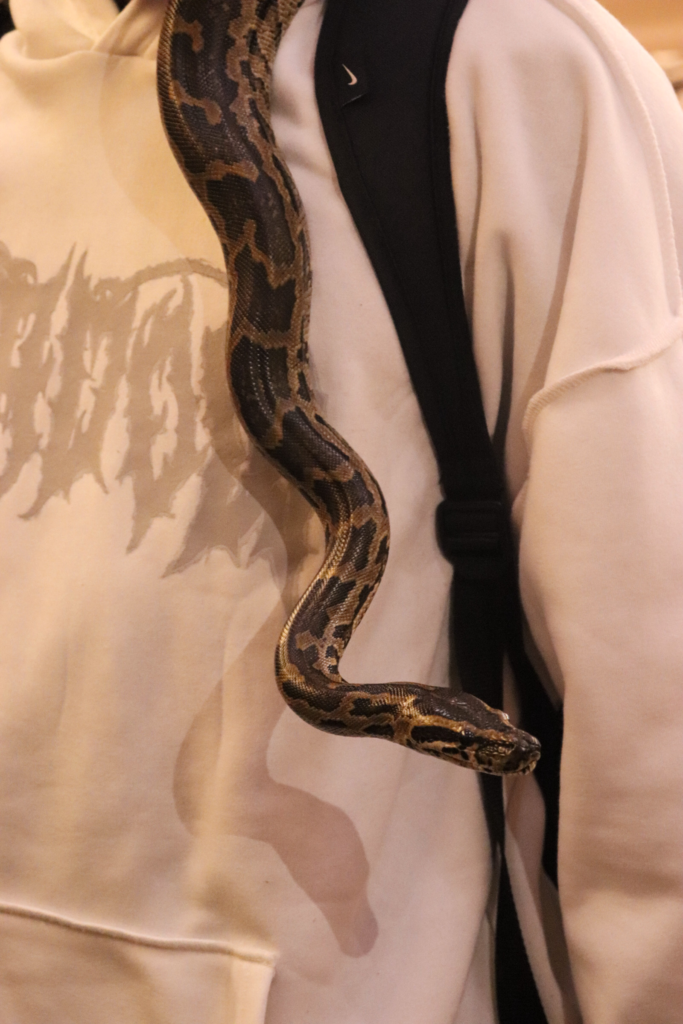
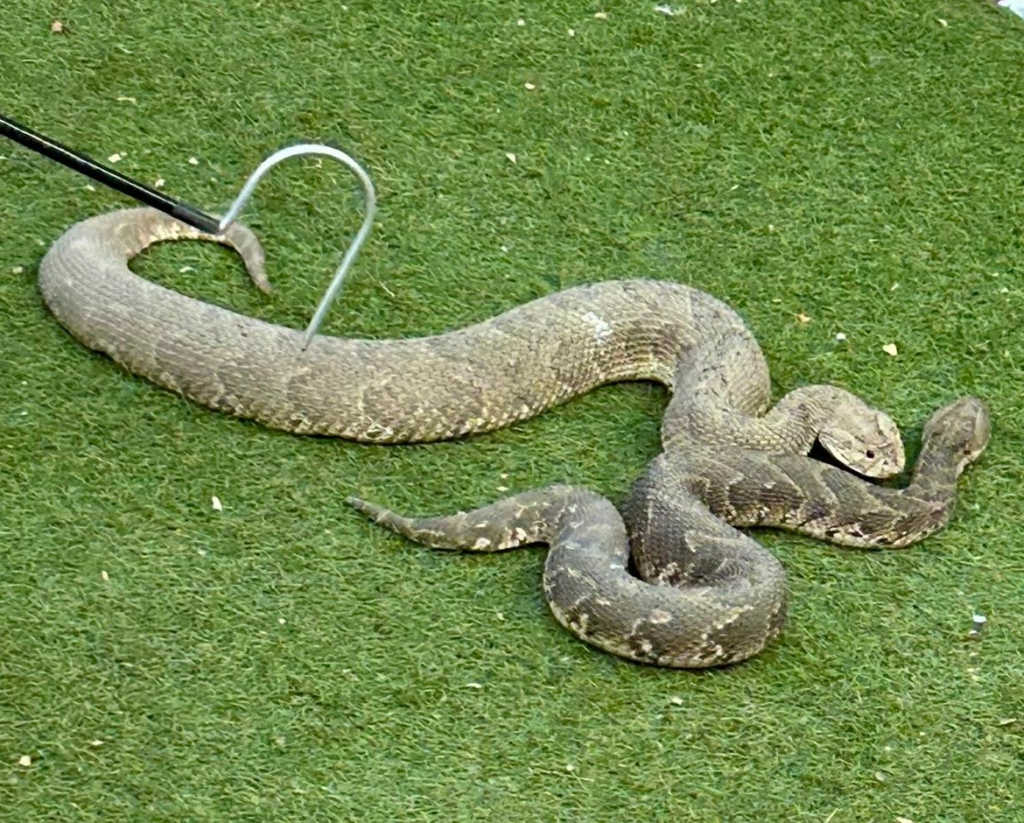
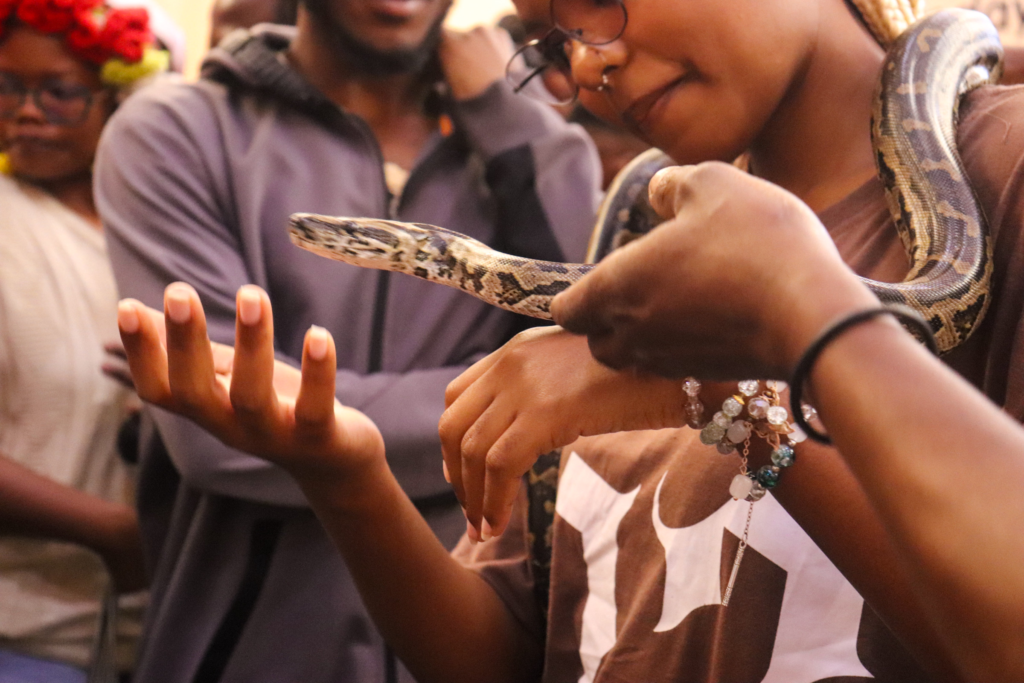
But this was more than just a biology showcase. It was also about the law.
Snakes and the Law in Botswana
Under the Wildlife Conservation and National Parks Act (Cap. 38:01), snakes, just like elephants, lions, or wild dogs, fall under the protective framework that governs Botswana’s biodiversity. This means:
- Killing or capturing snakes without a permit is illegal and may attract fines or imprisonment.
- Certain species, like pythons and boomslangs, are considered of special ecological importance, and harming them can trigger stricter penalties.
- Conservation groups such as Mokolodi are officially recognized partners in wildlife education and awareness, a mandate supported by the Act.
The law recognizes that snakes play a vital role in ecosystems, controlling rodent populations, maintaining balance in food chains, and sustaining biodiversity. As such, Botswana’s legal framework doesn’t just protect “popular” wildlife like elephants, but also creatures that stir fear, like snakes.
Why It Matters for Students
During the exhibition, Mokolodi experts Serame and Koontse not only dispelled myths “not all green snakes are green mambas,” one student marveled, but also indirectly educated students on their legal duties as citizens. Additionally, Koontse stated that most people confuse the boomslang with the green mamba, which is not a native of Botswana. Knowing which species are protected, and how to respond when encountering one, is part of being a responsible member of society.
Conservation Meets Law
Events like this demonstrate how environmental law and education intersect. While the Wildlife Act lays down the rules, exhibitions like Managa’s breathe life into them by making students understand why snakes deserve protection. This legal-ecological synergy is crucial in shaping a new generation that sees conservation not as a hobby, but as a legal and civic responsibility.
As UBWECS and Mokolodi showed, snakes are not villains of the bush but living beings whose rights are safeguarded by Botswana’s laws. The next time fear grips, remember: snakes, too, matter, legally and ecologically.
Discover more from The Legal Editorial Daily News
Subscribe to get the latest posts sent to your email.













Leave a comment